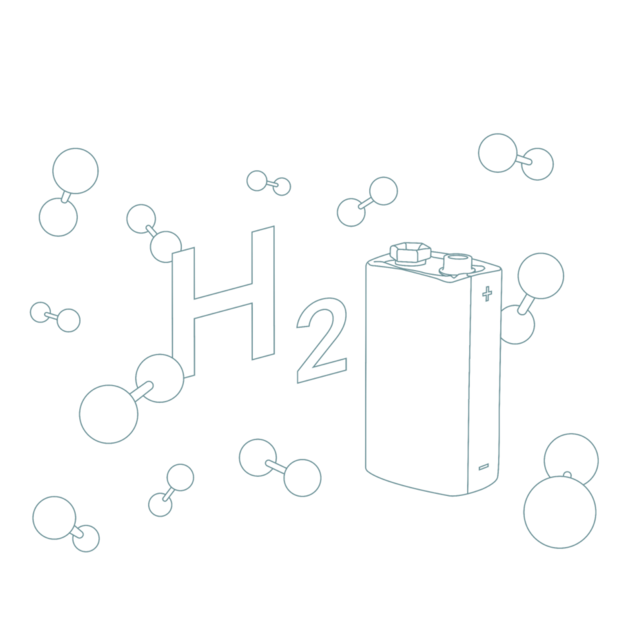Innovation
Grid booster
For a safe and resilient grid
Storage-As-Transmission as a safety buffer
The energy transition presents major challenges for transmission systems. The electricity grid already experiences bottlenecks when, for example, more electricity is generated by the wind farms in the north than the available lines are able to transport. This is when a congestion happens. That’s why electricity generation in the north is curtailed as a preventative measure, to ensure that such bottlenecks in the grid do not occur in the first place. At the same time, power stations in the south are ramped up in order to avoid regional grid overloading and a resulting line outage, and to ensure security of supply. This adjustment of active power feed-in from power stations by transmission system operators (TSO) is known as (preventive) redispatch.
This kind of intervention in the grid by transmission system operators is costly and uneconomical – and also less environmentally friendly than if the renewable electricity could actually be consumed. As the expansion of renewables continues, even more frequent bottlenecks in the grid will have to be expected in future. That means the expansion of the electricity grid must be specifically targeted to ensure that more electricity can be transported from the point of generation and that security of supply can be ensured without recourse to redispatch.
As TransnetBW, before we build new transmission lines, we optimise the existing electricity grid. We follow the ‘NOVA principle’ in this regard. In our capacity as TSO, we constantly work to integrate innovative technologies into our grid in order to boost the potential capacity utilisation of our existing lines. Our management of weather-dependent overhead lines is already proving a success in this regard.
What’s known as the “grid booster” is another innovative solution to improve the capacity utilisation of our grid. Even in a passive state, it will make a critical contribution towards improving transmission capacity on the existing lines. The grid booster actively steps in as a safety buffer, however, only when a fault occurs in the transmission system, resulting in a bottleneck.
Higher capacity utilisation of existing electricity lines
Both the use of the grid booster as a grid stabilisation system and curative grid management are new and innovative. Until now, power lines have generally not been used to their full capacity, to allow them to absorb additional volumes of electricity in an emergency. That’s necessary if another line, for instance, is no longer fully available on account of a fault. We call this the (n-1) principle.
As line failures are very uncommon, though, most of the capacity available for transporting electricity in general remains unused. That will change thanks to the grid booster. It makes the amount of safety buffer available that’s needed on a short-term basis during a line outage in order to maintain grid stability. Grid boosters help us raise the capacity limits on the lines and therefore increase the capacity utilisation of the existing network, while assuring the usual level of system security.
The grid booster thus not only helps to prevent congestion and cut the costs of redispatch, but in the longer term will also ensure that fewer new lines have to be constructed. In that way, it’s making an important contribution to the energy transition. In its 2030 grid development plan, published in 2019, the German Federal Network Agency confirmed that this was a necessity for the energy industry.
Innovation
How do TransnetBW’s innovations contribute to the energy system of the future? How do we deal with the demands for a more flexible, more powerful grid for the energy transition? Pilot and model projects and the development of new technologies and processes reflect our commitment to the reliable energy supply system of the future.
To learn more about our innovative projects, see under “Innovation – Ready for the future”.
